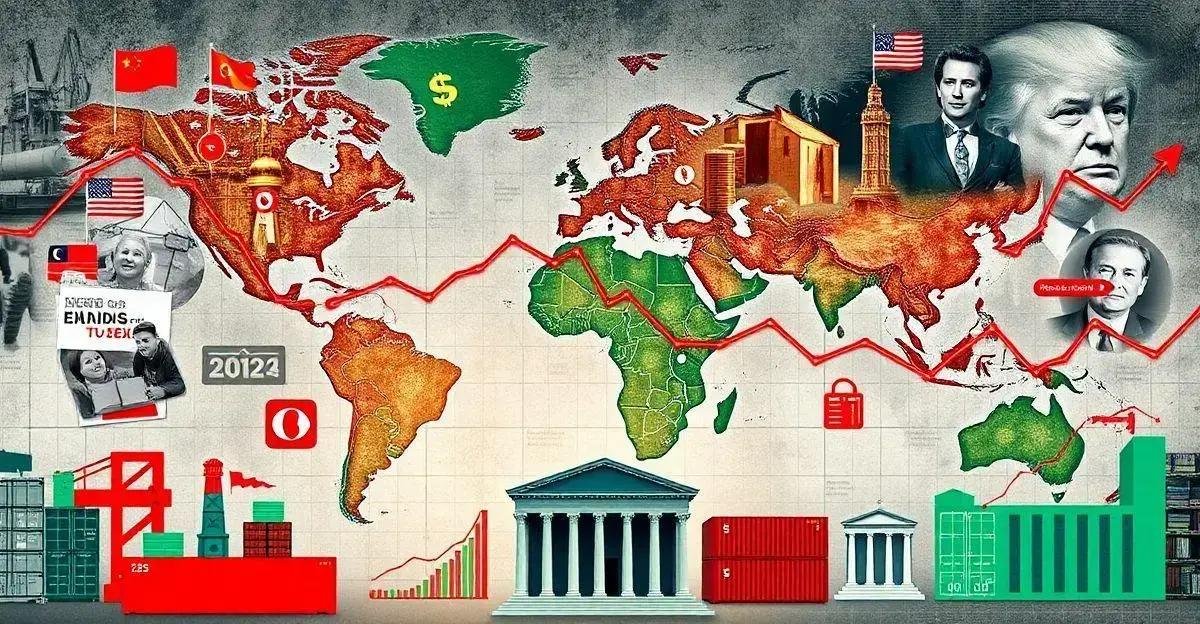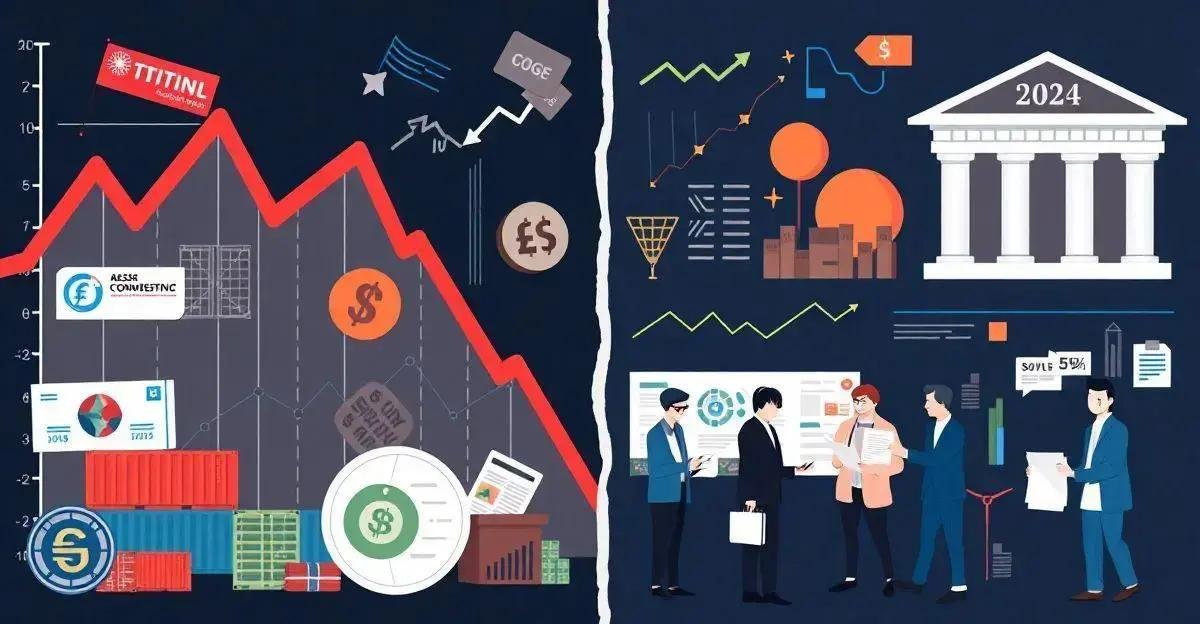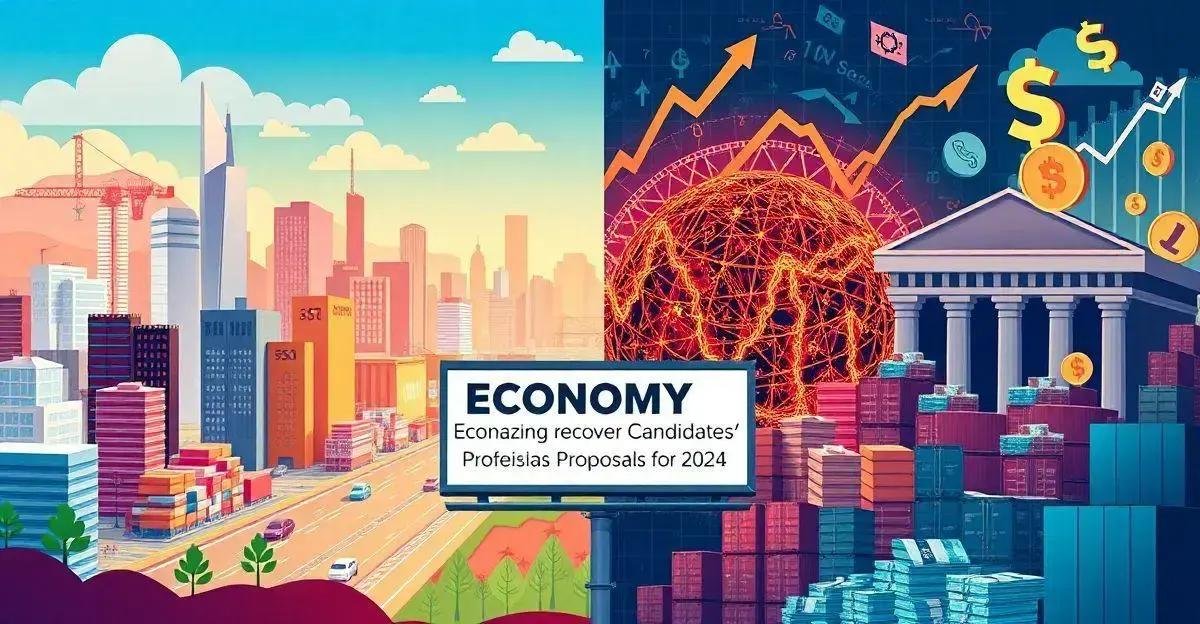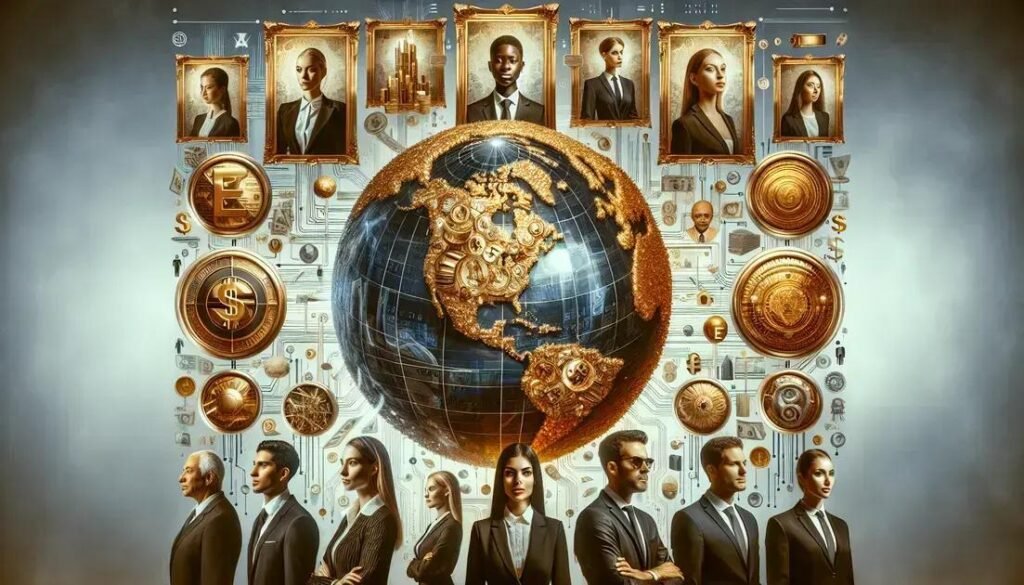The current state of the economy is a pressing concern for many around the world. As the global economy continues to navigate the challenges of the 21st century, it’s essential to stay informed about the latest trends and factors impacting global finance.
In this article, we’ll delve into the causes of the economy in crisis, explore the impact of trade wars, and examine the role of central banks in stabilizing the economy.
Whether you’re an investor, business owner, or simply concerned citizen, this article will provide you with the insights you need to make informed decisions about your financial future.
Economy in Crisis: Understanding the Causes
The economy in crisis can be attributed to a combination of factors, including the rapid pace of technological advancements, shifting global trade policies, and the increasing wealth gap between nations. The widespread adoption of automation and artificial intelligence has led to job displacement, particularly in industries where workers have limited skills.
Additionally, the ongoing trade wars have disrupted global supply chains, causing uncertainty and volatility in financial markets. Furthermore, the rising national debt and the increasing reliance on foreign capital have also contributed to the current economic instability. As a result, it is essential to address these underlying causes and develop effective strategies to mitigate their impact on the economy.
The Impact of Trade Wars on Global Economy

The impact of trade wars on the global economy has been significant, with tariffs and retaliatory measures leading to increased costs for businesses and consumers. The effects have been felt across various industries, including manufacturing, agriculture, and services. The uncertainty surrounding trade policies has also led to a decrease in investment and a decline in economic growth. Furthermore, the trade wars have caused disruptions to global supply chains, resulting in shortages of critical components and increased transportation costs.
Central Banks’ Role in Stabilizing the Economy
Central banks play a crucial role in stabilizing the economy by using monetary policy tools to regulate the money supply and interest rates.
During times of economic uncertainty, central banks can use quantitative easing to inject liquidity into the financial system and reduce borrowing costs for businesses and consumers.
Additionally, central banks can also use forward guidance to influence market expectations and stabilize long-term interest rates.
Furthermore, central banks can also use macroprudential policy to regulate the financial system and prevent asset bubbles from forming.
By using these tools effectively, central banks can help to stabilize the economy and promote economic growth.
Economic Indicators to Watch

Economic indicators are essential tools for businesses and investors to understand the health of the economy. Some key indicators to watch include GDP growth rates, inflation rates, unemployment rates, and interest rates. These indicators can provide valuable insights into the overall direction of the economy and help businesses make informed decisions about investments and resource allocation.
Additionally, other important indicators include consumer spending, industrial production, and international trade balances. By monitoring these indicators, businesses can stay ahead of the curve and adapt to changing economic conditions.
Economy in Crisis: What’s Next for Global Finance?
The current economic crisis presents both challenges and opportunities for global finance. As the global economy continues to evolve, it is essential for businesses and investors to adapt to changing market conditions.
One key area of focus is the development of sustainable finance practices, which can help to reduce the impact of economic activity on the environment.
Additionally, the rise of digital currencies and blockchain technology also presents opportunities for innovation and growth.
Furthermore, the increasing importance of environmental, social, and governance (ESG) factors in investment decisions also presents a significant opportunity for businesses to differentiate themselves and attract socially responsible investors.
Economic Recovery: Strategies for Growth

The road to economic recovery requires a comprehensive and multifaceted approach. One key strategy is to invest in education and training programs to upskill the workforce and prepare workers for the jobs of the future.
Additionally, businesses can also invest in research and development to drive innovation and growth.
Furthermore, the government can also play a role by implementing policies that promote economic development and reduce inequality.
By working together, businesses, governments, and individuals can develop effective strategies for growth and promote a sustainable economic recovery.
FAQ – Frequently Asked Questions about Artificial Intelligence in Small Business
How can task automation benefit my small business?
Task automation frees up your team from repetitive tasks, increasing productivity and allowing them to focus on more strategic tasks.
What tools can I use for data analysis?
There are many tools available, such as Google Analytics, Tableau, and Microsoft Power BI, that help collect and interpret valuable data.
What are chatbots and how do they improve customer service?
Chatbots are virtual assistants that can answer questions and solve problems 24/7, improving customer experience and freeing up your team.
How can I personalize the customer experience?
Through data analysis, you can understand customer preferences and offer personalized recommendations and promotions.
Why is customer feedback important?
Feedback is essential to identify areas that need improvement and adjust your strategy to ensure customer satisfaction.
Is artificial intelligence accessible to small businesses?
Yes, there are many accessible and scalable AI solutions that small businesses can implement to improve efficiency and customer service.




